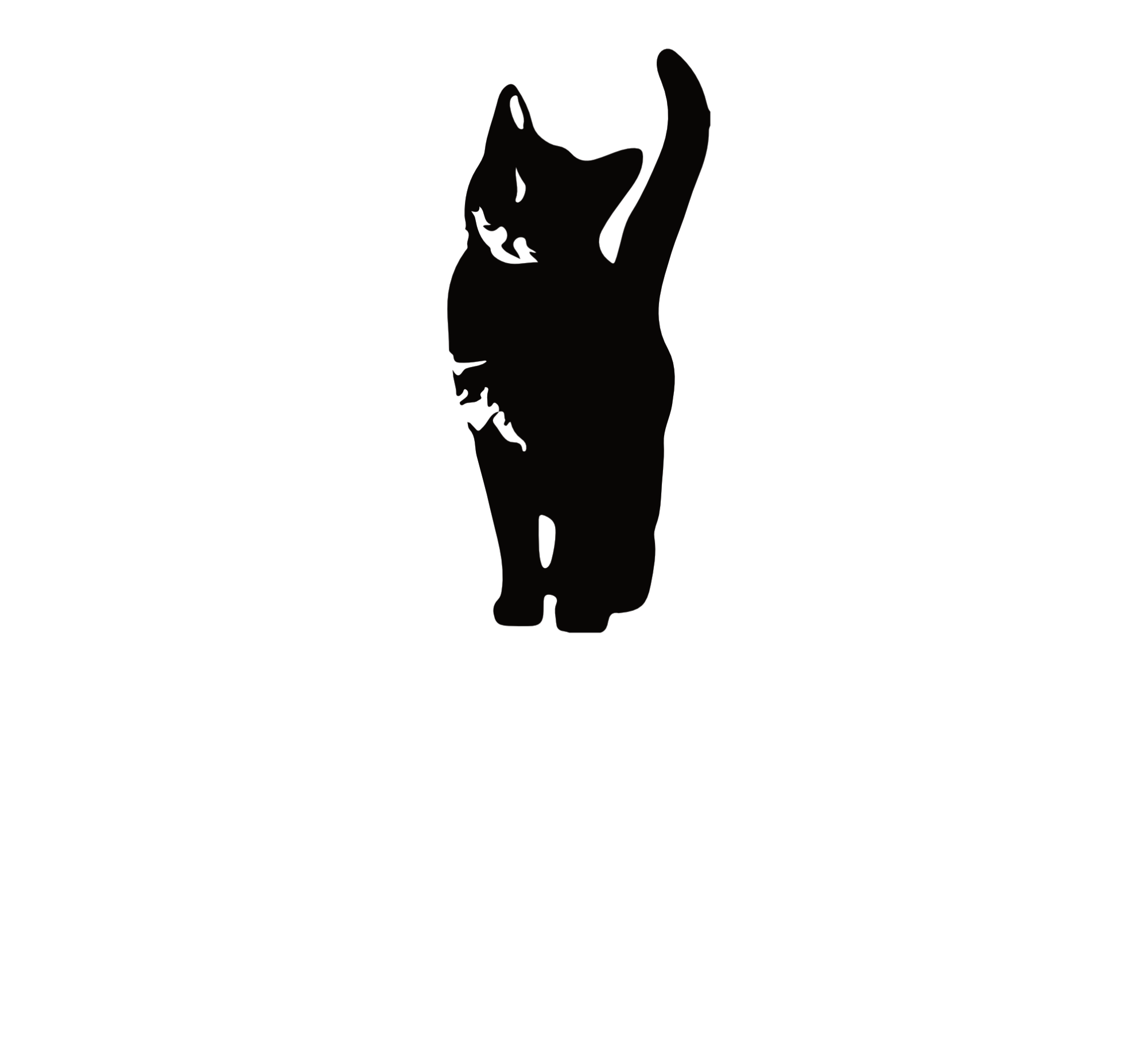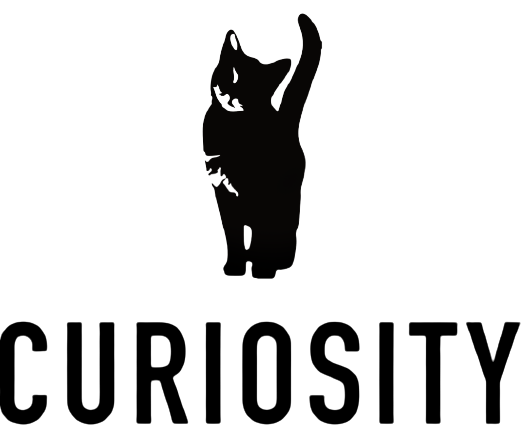A very young petite brunette got up from her seat and walked to the front of the large conference room filled with mostly jaded middle aged men from the automotive industry give a presentation on, of all things, their customer experience results. The crowd simmered down and she smiled briefly at the room as the technician prepared the projection equipment. She ruffled through her notes.
I thought “Oh boy, she’s going to get killed.”
No one likes bad news, and in my experience, no one likes bad news less than millionaire dealership franchise owners. And for many there was going to be very, very bad news today. I almost covered my eyes as she started…it was that painful. And then something amazing happened.
She crushed it.
She got off the mark like a professional sprinter. Articulate and focused, it wasn’t about the slides it was about the message; stop trying to maximize short term profits at the expense of long term loyalty.
The entire crowd, myself included, badly underestimated her. This young women talked to these powerful men about their customer experience with respect, but clear confidence. She pointed out the strengths of their operations. But she also pointed out where improvement was needed. She didn’t mix words.
These dealers had a big experience problem with price negotiation. They were hanging on to the old “four square” approach to pricing and their customers weren’t having it. It contributed to strong feelings of mistrust. Modern customers demand more transparency in pricing or they will just pick up and leave.
She looked them in the eye and provided iron clad evidence of their problem using customer experience and financial data, but did it through relatable storytelling. Using data and anecdote as a one-two punch, she related a personal story of her own mother getting mixed up in a price negotiation at a local dealership. It didn’t end well. It was a lost sale for the dealership.
She wasn’t lecturing. She was approachable. She invited them in to comment as it was just a conversation. She smiled and cleverly countered objections.
“Hey kid, I make a lot of money using that technique” one veteran car guy challenged her.
“Well, maybe you do Bob. I will give you that. But most don’t”
She then produced a slide looking at the relationship between different pricing tactics and the impact on customer experience and average gross profit. Bob stopped talking.
“Also, let’s think about the long-term consequence … do you think those customers will come back again? Where do you think they will service that vehicle? What will they tell their friends?”
I looked around. There weren’t one set eyes that weren’t on her and what she was saying.
Impressive. And then something else amazing happened.
At the break, I looked around the room. The entire audience was either on the phone or sending emails or both. I serendipitously eavesdropped a bit and could hear these dealers talking to their managers about the results and what should be done. Actually, the volume level of some would not merit a “talking” status, but more of a “yelling” one. Action was happening. Right there and then.
Creating the Killer CX Presentation
We’ve all been there. We’ve all seen a few of the VOC presentations like the young women above and some real train wrecks. But what separates great VOC presentations from the real stinkers?
As CX practitioners our main job is to draw people in, engaged them in the results, and ultimately get them to do something. If they don’t understand what they are looking at that won’t happen. If they don’t care or believe what you are telling them that’s a dead end too.
Only through adroit and impactful storytelling can we really inspire our audience to take action. Here are some the tricks that our young presenter used and you can too in delivering a rock star level VOC.
- The Wrapper Counts
Many people buy wine because of the label. It’s true. You chose your romantic partner because you were attracted to their appearance. People like beautiful things. This includes your presentation.
Attention to detail and making things beautiful will open people up to your presentation and make them pay attention. Make it look clean, uncluttered, and inviting. On this issue, it is instructive to listen to Sheryl, our veteran real estate agent, on how to sell a home through compelling presentation…
Make it look homey and comfortable, but like it could be the [prospective] buyers’ home…but WAY better. You want them to believe they would feel comfortable there… get rid of the clutter off of all the surfaces and get rid of the brick-a-brack. Make a beautiful canvas which they can complete to their desire…also use silver…silver sells
While I cannot vouch for silver selling, her other pointers are spot on. Make your VOC presentation for your audience. Make them believe they can live in it. Make it their own and eliminate clutter. If graphic design isn’t your thing, find someone who can help. There are amazingly talented people out there just waiting for a chance to help you.
- Define Your Story Arc
Story telling is an iterative process, doubly so for the CX and Insights professional. First, you need to figure out what the data is saying and then you need to figure out your story and how to say it. Don’t go near Powerpoint before you have a well-developed idea and plan on both fronts. Some of the more analytically minded may be tempted to put a question down and just answer it. Don’t do that.
People who know what they are talking about don’t need Powerpoint” – Steve Jobs
Create a story by following the familiar pattern of exposition, rising action, climax, resolution, and conclusion. Provide the ground work in exposition. Make a big uncomfortable problem for your audience. Make them squirm if you can. Make it build. Admire the problem and layer on other aspects of it. At some point, there is an apex and resolution. Then we reflect. Every great story follows some variation of this very simple and ancient formula. Make sure you follow some variant of this general arc to keep your audience engaged.
- Provide Context
Part of the story is defining why you are yapping at them in the first place. Sure, you have been heads-down looking at which kind of hair in the drain is the most distasteful to hotel customers, but your audience has no idea what you are going to talk about or why they should care. Set the stage. Provide some background and context about you are going to talk about. Talk about the industry, the competitive set, and trends.
Punch them in the face with something controversial to get their attention. Get them just a little off guard. Talk about anything in the set up that will answer the question: why should I care about your CX presentation today.
Sure, you are going to annoy some insiders with some review material, but people generally like to hear even familiar material. It makes them feel smart. They may even chime in with their own observations and comments which what you want from an engagement standpoint.
- Connect the Dots
I hate taco stands that only sell tacos. Ok, that’s a lie. I love taco stands that only sell tacos, but my point is people usually want more than tacos to eat. Your audience also doesn’t want to hear about just your quantitative or qualitative study even if automates turn signals for the elderly and enables orphans to divide by zero. Any attorney worth their $1,100 Italian shoes knows that multiple forms of evidence is much more convincing than a single source.
If needed you can use your VOC study as the center piece, but bring other components in to support and explain what is going on. Use operational, behavioral, market, sales or any other data that helps support your point.
This also has the added benefit of making you smarter and getting other folks in your organization engaged with what you are doing. Notice a dip in the availability of 60lbs parchment paper in Louisville? Get on the horn and find out. Talk to the district manager. Talk to the distributors. Talk directly customers. In short, roll your sleeves up and connect the dots for your audience. You find out some really interesting surprises in your investigation.
- Make it Personal and Relevant
The more authentic you are the more people will tune into your channel. Be yourself and relatable in delivering result. Make your presentation relatable to your audience. Masters of storytelling Chip and Dan Heath remind us that successful presentations are simple, unexpected, concrete, credible, emotional, and story based. Also, make “what’s in for me” central to the delivery. Making it personal and relevant for the audience will earn your audience’s attention and readiness for action.
I think presentation Jedi Nancy Duarte said it best her book Resonate:
The audience does not need to tune themselves to you—you need to tune your message to them. Skilled presenting requires you to understand their hearts and minds and create a message to resonate with what’s already there.”
Sure you want to let the data speak, but you are the presenter. You want them to remember the message and the best way to do that is to put on a personal level they can understand. Mix parables with parameters and facts with fables. This one-two punch of stone cold facts and personal stories are memorable and impactful
- Less is More
We have all heard the Blaise Pascal quote “I have made this longer than usual because I have not had time to make it shorter”. It is true, it is hard to distill down stories to the bare essence. If you are Mr or Ms. Clutterbug you will have an especially hard time with this. But you must get rid of everything unnecessary. You don’t need to show your work; the audience trusts that you did your job. Make your results as succinct and fast paced as possible, but not at the expense of losing your audience.
The same can be said for graphics and words. I am a Stephen Few fan (although I think he may be a tad too stoic for my graphics tastes) and a Hemingway fan. They both have the unique ability to pull away everything and leave only what is necessary, and in so doing, somehow leaving more. Applying this clean-up to your presentation will make for a tighter presentation and a much happier (and informed) audience.
- Invite the Audience In
Now-I-am-going-to-drone-on-for- 58-minutes-and-leave-the-last-2-for-questions presentation approach is a sure-fire way to lose your audience and not accomplished your most important task: communication.
Be brave and invite your audience in. If you are in person, ask them questions, even if it is a show of hands. Online, no problem, do a quiz such as those free ones by PollEverywhere. The show is oh-so-much more entertaining when you are not the sole performer. Also, be willing to pivot. Your job is communicate to the audience your message, however, that is done.
Everybody’s got a plan until I hit them” – Mike Tyson
Don’t be afraid to change gears up and abandon your plan if it’s not working. Stay agile and stay engaged with your audience. Remember your mission is to deliver the message and make it stick. Don’t be afraid to improvise a bit.
- Be Gracious
You know how much “thank you” costs? Nothing. No one likes someone who is condescending or taking sadistic glee at a particular region and product’s poor showing. Don’t hold back the punches, but be gracious and understand your political context. You can dole out the truth but not be ruthless and personal about it.
You are not the hero who will save the audience; the audience is your hero.” – Nancy Duarte
You are the Bruce Lee of VOC, dispassionately unleashing fists of truth against misconceptions and the unknown. Your opponent is the dark entropy of ignorance, not your audience members. Your audience members are there to learn, and ostensibly, improve the customer experience. You should, in turn, create a pleasant audience experience from them that is captivating, direct, but humble. Make it easy from them to believe you. Be their ally not their adversary.
- Remember Your Homebase
The best thing I learned in public relations training was to always return to your home base. What are the one to three points you are trying to communicate and stick with them over and over and over again. You might think this is annoying to people, and it can be, but not as annoying as you might think. You listen to yourself much more than anyone else does.
Don’t limit your home base communication to just your VOC presentation but add it to the upfront invitation and the after-event ‘thank you’ and action planning session. Get your co-workers to help out through communicating the main points either informally or formally throughout the organization. If you cannot tell me the three key points of VOC presentation you have not done enough cleaning and distillation. Get crisp and make sure you are always coming back to home base, over and over again. Oh, and practice.
- Provide a Call to Action
“Ok now do what we do?” the manager asked her boss. The presentation is over and now everyone goes back to work. That is a clear VOC presentation fail. You must have a call to action in your CX presentation and ideally make it specific, time-bound, and connected to specific people.
The more personal and public these commitments are the more likely they are to get done. If that doesn’t conform with your organization’s culture then find another way to “commit to a commit” where people are committing to do some specifically in the future in the way of acting on the results.
The shelf life of insights is extremely short in the world of CX. The more time that elapses from your VOC presentation to action, the less likely it is to happen. I recommend reminding audience attendees what the expectations will be from them as a result of the presentation in advance. There is no free admittance to your amazing presentation after all. Organizations invest a bunch in time and people to deliver the VOC results, it is a crime to waste that effort by organizational impotency.
Beyond the Presentation
Dashboards and technology can only get us so far in Customer Experience, it takes a human interpretation and cheerleader to spur action. This is especially true in the early stages of CX initiatives in an organization.
If you are responsible for getting the word out, you have a very important job that transcends the hour or so of the presentation. Before and after it is a constant marketing campaign by you and your team to evangelize CX. Take bits of your presentation and include it emails. Go visit the head of operations or marketing on a regular basis. Action happens when someone is insisting on it. Be that change agent and use compelling story telling to create reason for change.
Be like the young lady who persuaded those millionaire dealers to swallow a 500mg truth pill. She gave a persuasive and compelling argument to a tough audience that resulted in positive change. She continues to provide those compelling arguments to this day. Sometimes to a corporate audience and sometimes to our children, the latter being a one of the toughest audiences you are going to find. I find it’s always good to learn from your spouse. I continue to learn every day.



